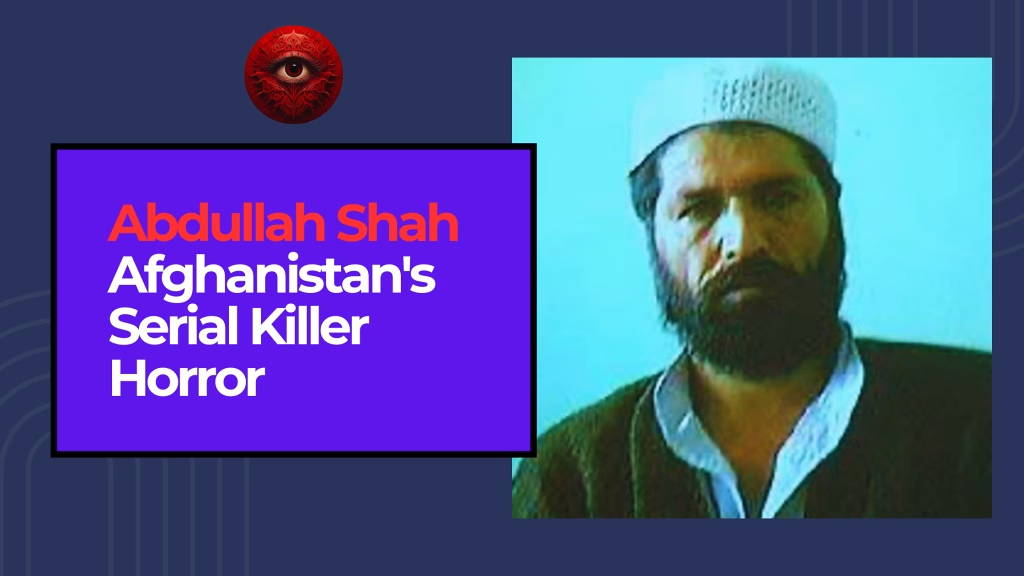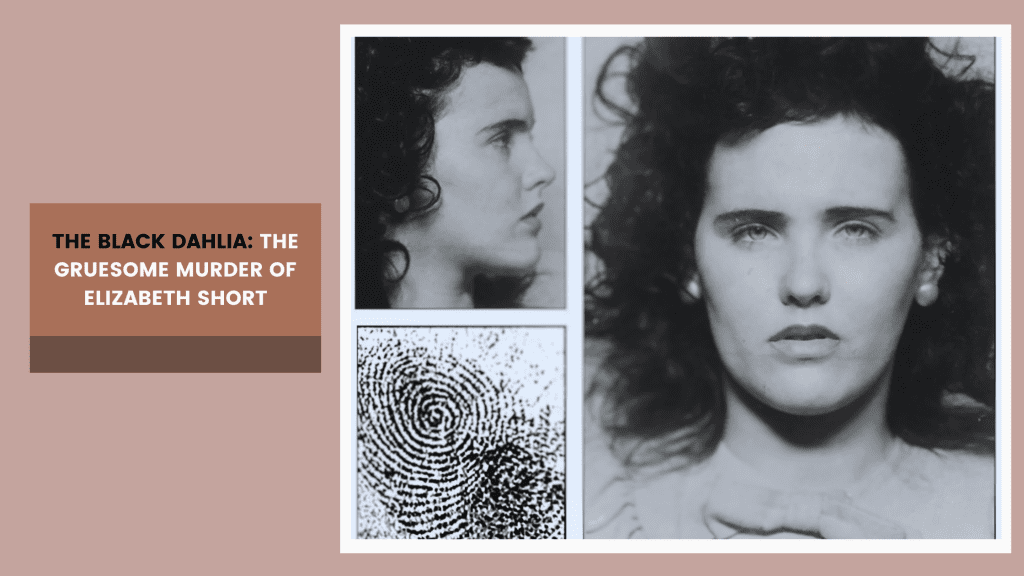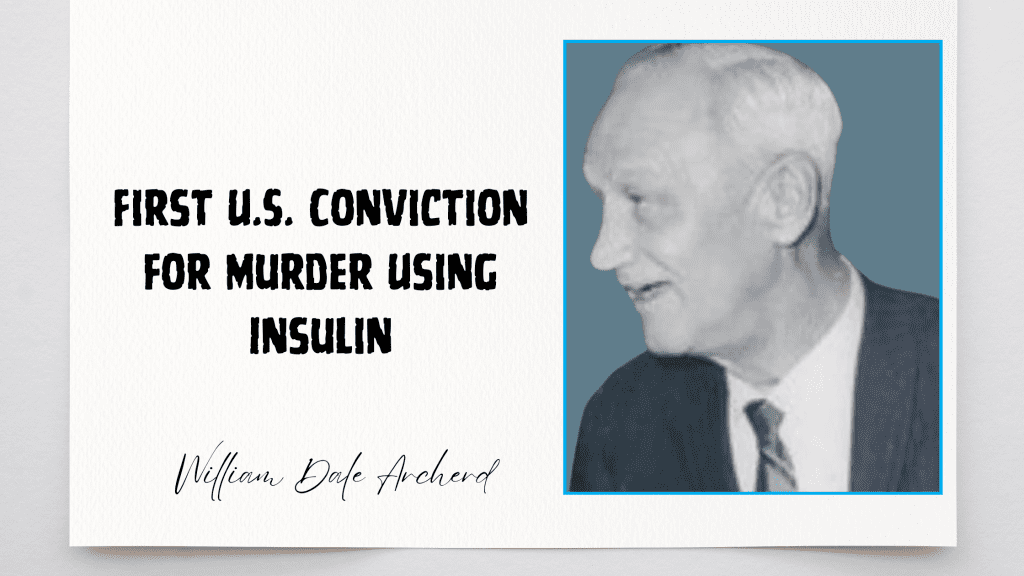Imagine a killer so depraved he was kept chained in a cave like an attack dog, unleashed only to bite victims and commit unspeakable atrocities. This wasn’t folklore; it was the horrifying reality of Abdullah Shah, one of Afghanistan’s most notorious serial killers, whose crimes emerged from a nation shattered by decades of war.
Introduction:
Abdullah Shah’s name evokes visceral horror in Afghanistan. Active during the chaotic civil wars of the 1990s, he became the country’s first executed criminal after the Taliban’s 2001 fall. His story isn’t just about individual evil; it’s a dark lens into Afghanistan’s trauma, where lawlessness bred monsters. We delve into Shah’s gruesome acts, his controversial trial, and the war-torn hellscape that created him.
The Backdrop: Afghanistan’s Endless Nightmare
Shah’s brutality flourished in a vacuum of chaos. To understand him, we must glimpse Afghanistan’s relentless conflicts:
- Soviet Invasion (1979–1989): 2 million Afghan civilians died; mujahideen resistance began.
- Civil Wars (1989–2001): Factional fighting followed, culminating in Taliban rule.
- Post-9/11 Invasion: U.S.-led forces toppled the Taliban after 2,977 lives were lost in the attacks.
Amid this turmoil, warlords like Faryadi Zardad ruled unchecked. Their checkpoints weren’t just tolls; they were death traps.
Read more: Mushroom Murders: Inside the mind of Erin Patterson
Abdullah Shah: Zardad’s “Human Dog”
Born in 1965, Shah became an enforcer for Commander Faryadi Zardad during the 1992–1996 civil war. Their checkpoint on the Jalabad-Kabul highway was a slaughterhouse. Shah’s moniker “the human dog” was literal:
- Kept chained in a cave near the checkpoint.
- Unleashed to terrorize prisoners: He viciously bit captives and ate a victim’s testicles.
- Routine crimes: Robbing, abducting, and executing travelers alongside Zardad.
“Shah was the embodiment of dehumanization, a weaponized animal,” notes a war crimes researcher.
Solo Reign of Terror
When Zardad fled to London in 1996 (posing as a refugee), Shah’s savagery escalated:
- Family Annihilation: Murdered 3 wives and 5 children, including his infant daughter, whose head he smashed against a wall.
- Attempted Burning: Doused one wife in petrol; she survived to testify against him.
- Body Dumping: Discarded victims in a well in Pagan District, Kabul, an area already scarred by 50% destruction.
His spree continued until 2002, exploiting the power vacuums of the post-Taliban transition.
Controversial Trial & Execution
Shah’s 2002 trial under President Hamid Karzai’s interim government was marred by scandal:
- No Defense Lawyer: Shah faced allegations alone.
- Secret Proceedings: Closed doors and claims of confessions under torture.
- Bribery & Pressure: One judge was dismissed for taking bribes; the replacement faced government demands for execution.
- Amnesty International Protest: Alleged Shah was silenced to protect Karzai-allied warlords.
Despite the outcry, Shah was executed by a single gunshot to the head at Pul-e-Charkhi prison on April 20, 2004, a quiet end for a man whose victims suffered immensely.
Zardad’s Delayed “Justice”
Zardad, Shah’s commander, evaded accountability for years:
- Ran a London pizza shop until exposed by the BBC in 2000.
- Arrested in 2003 and convicted in 2005 for conspiracy to torture and take hostages in Afghanistan.
- Sentenced to 20 years in a UK prison, then deported to Kabul in 2016, greeted by supporters. He now appears on Afghan TV, a stark symbol of impunity.




